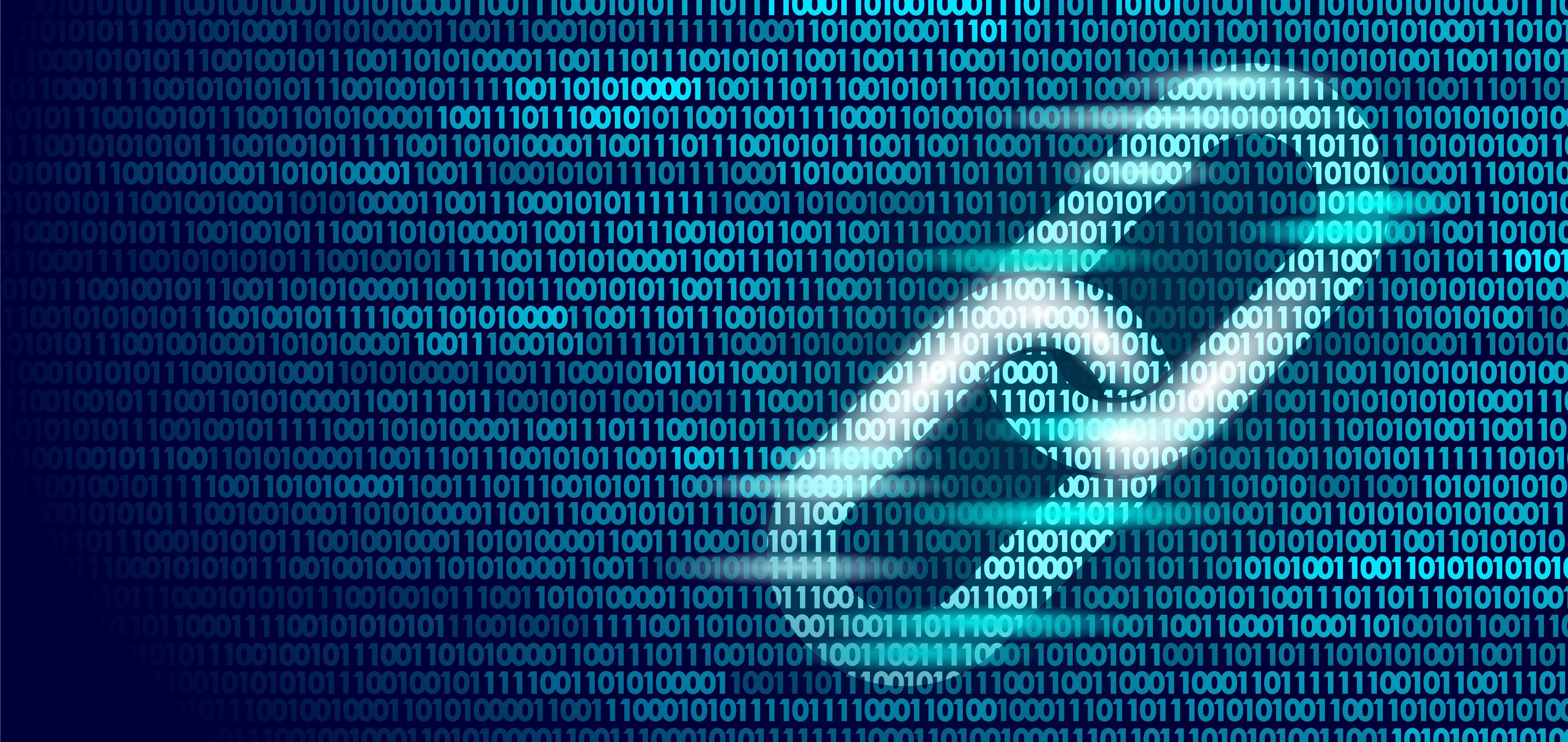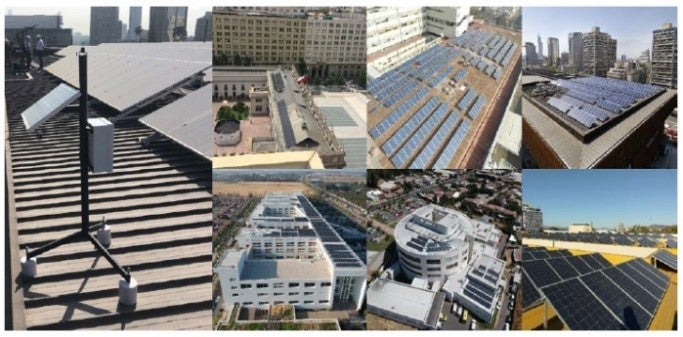 各机构是时候跨越“公共区块链恐惧症”了。图片:© LuckyStep/Shutterstock
各机构是时候跨越“公共区块链恐惧症”了。图片:© LuckyStep/Shutterstock
Imagine that the roof of your house or office was transformed, not just to protect you against the rain, snow, or heatwaves, but into a surface to generate the electricity you normally consume, and a clean one, at that, i.e. free from contaminating gases.
Imagine that the surplus electricity you produce -and do not consume- could be sold to others without the classic costs associated with a commercial transaction.
It may sound like the idea of a futurist film, but it is already possible to produce and sell the electricity made by private parties thanks to Blockchain technology, which facilitates the purchase-sale of electricity, savings costs, ensuring that the electricity produced is free from contaminating emissions.
Around the world, there is a growing trend to sell the electricity produced using renewable energy set out for distributed generation: where owners of small-scale electricity generation directly sell the unconsumed excess to others. This way of generating electricity, selling it, and certifying it, is within reach for anyone who decides to do it, and for every country that wants to develop it.
To prove how effective the purchase-sale of certified electricity can be, the Chilean Government, along with the World Bank and the initiative to develop carbon price instruments, the Partnership for Market Readiness, began to test the incorporation of Blockchain technology for the generation and sale of electricity. It was done through a pilot project, in 10 public facilities that were chosen, using as the host, the Public Solar Roofs Program (Programa de Techos Solares Públicos, in Spanish). The goal of this project consisted of testing the operation of a distributed energy certification and emissions reduction system using Blockchain technology.

Safe and transparent transactions
The results of this experience showed that the integrity and transparency of the data can be guaranteed. This means that it is possible to generate safe transactions on peer platforms -sellers and buyers-, without the intermediation of a third party, and in this way, save costs and be efficient.
The results also revealed that the certification of contaminating gas emissions reduction is possible. Concretely, this small pilot saved about US$250,000 in energy costs and achieved an emissions reduction of approximately 800 tons of carbon dioxide equivalent per year.
The great advantage of this transaction technology is its decentralizing nature. Blockchain is a database distributed between each one of the members involved in a process. The database keeps a record of each exchange, for example, a purchase-sale transaction. As it is decentralized, the alteration of its data is practically impossible once these have been published.
For the specific case of electricity and a purchase-sale situation, the electricity flow is coded in the “blockchain” and using algorithms, the buyers and sellers are paired up in real-time, depending on their supply and demand. Thus, smart automatic purchase-sale contracts are made when the electricity is provided, which leads to the payment of the buyer to the seller.
Recently, the International Energy Agency, in their Net Zero 2050 report, has encouraged the widespread rollout of all available clean energy technologies, electric vehicles, and the modernization of energy-efficient buildings too, in this way, achieve a large part of the decarbonization goals and the achievement of the commitments of the Paris Agreement.
Blockchain technology will allow democratizing and giving universal access to the use of distributed renewable energy and, in this way, contributing significantly to achieve the decarbonization of the planet, because it will replace the use of contaminating sources while ensuring access to modern, reliable, and affordable energy.
On incorporating electricity purchase-sale transactions using distributed resources, Chile will further speed up the adoption of distributed renewable energies, using a technology that is breaking into the same energy sector, simplifying the management of very complex contracts, and facilitating the sale of electricity among people. Distributed generation, with the certain possibility of selling electricity, is a formula that helps us to continue contributing to adapt towards a more sustainable world.
The rules of the game are changing. Blockchain has reached the energy sector to speed up the use of cleaner and more reliable energies.
The question now is, how much will this development contribute towards decarbonizing our economies and societies? The answer lies in a combination of innovative policies and in that many people transform their roofs into true clean and certifiable electricity stores. Are you ready for this challenge?




Join the Conversation